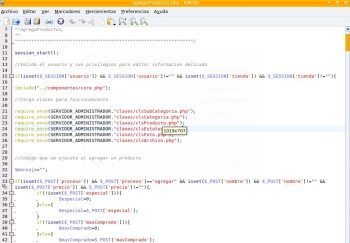 In everyday life we use various types of electrical appliances, such as the television, the microwave, the iron or the hair dryer. All of them work with electricity and the theoretical discipline that establishes its fundamental principles is electrodynamics.
In everyday life we use various types of electrical appliances, such as the television, the microwave, the iron or the hair dryer. All of them work with electricity and the theoretical discipline that establishes its fundamental principles is electrodynamics.
Basis of electrodynamics
Among all the materials that exist, some have the ability to transport electricity and are known as conductive materials, while those through which the passage of electricity is not possible are called insulators. Metals transmit electricity because they have free electrons in their internal structure and these allow movement (all electrodynamic phenomenon necessarily implies a certain movement of electrons).
The movement between electrons is called an electric current. All electric current occurs against the electric field existing within a given material.
If there is a movement opposite to an electric force, this means that work is being done on some particle
Electric charges that move through a conductor from one point to another produce a potential difference between both points as a consequence of the electric field that is generated. The electric field exerts a force called work and its measurement is made in joules.
When electrons in atoms flow together in the same direction, electricity is produced. The amount of electricity that can flow through a wire for a given time is called electric current and is measured in amperes.
When electricity flows we speak of electrodynamics and when it remains static the discipline that studies this type of phenomenon is electrostatics (the unit of measurement of electrostatics is the coulomb and its fundamental principle is Coulomb's law).
Historical origins
Electricity is a form of energy that manifests itself in all kinds of natural phenomena: in the formation of lightning during storms, in the movements of the muscles of living beings or in human contact with some natural tissues. On a small scale, this type of phenomenon is invisible and difficult to detect. Theoretical knowledge of electrical phenomena began in the 18th century with the contributions of the French Coulomb or the American Benjamin Franklin.
From theory to practice, in a few years the Italian Alessandro Volta invented the electric battery and Thomas Alva Edison the incandescent light bulb.
While Coulomb is considered the father of electrostatics, André-Marie Ampère, Michael Faraday and James Clerk were the forerunners of electrodynamics and electromagnetism.
Photo: Fotolia - Rook76









